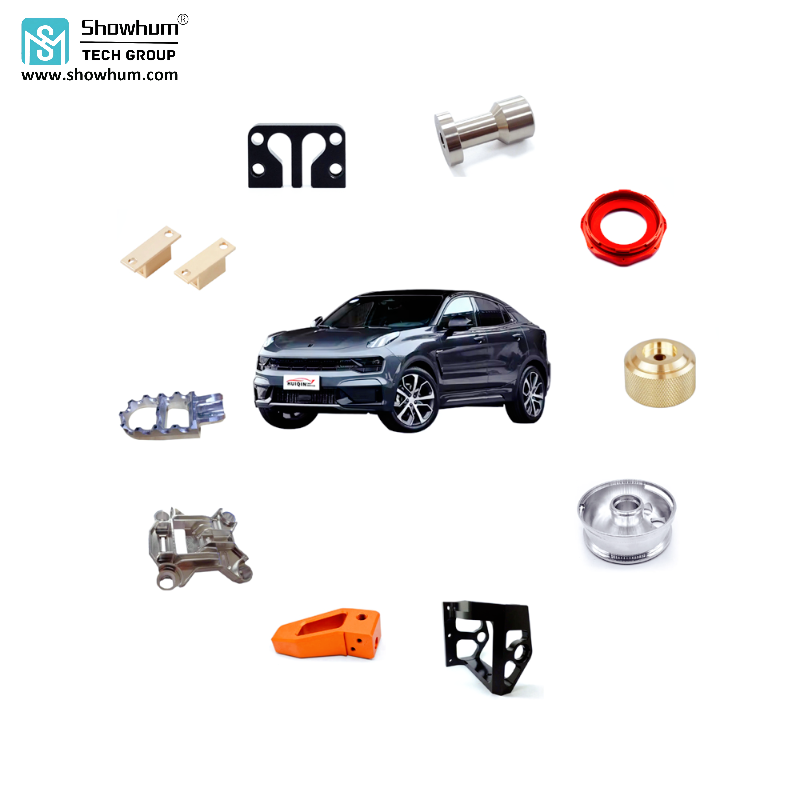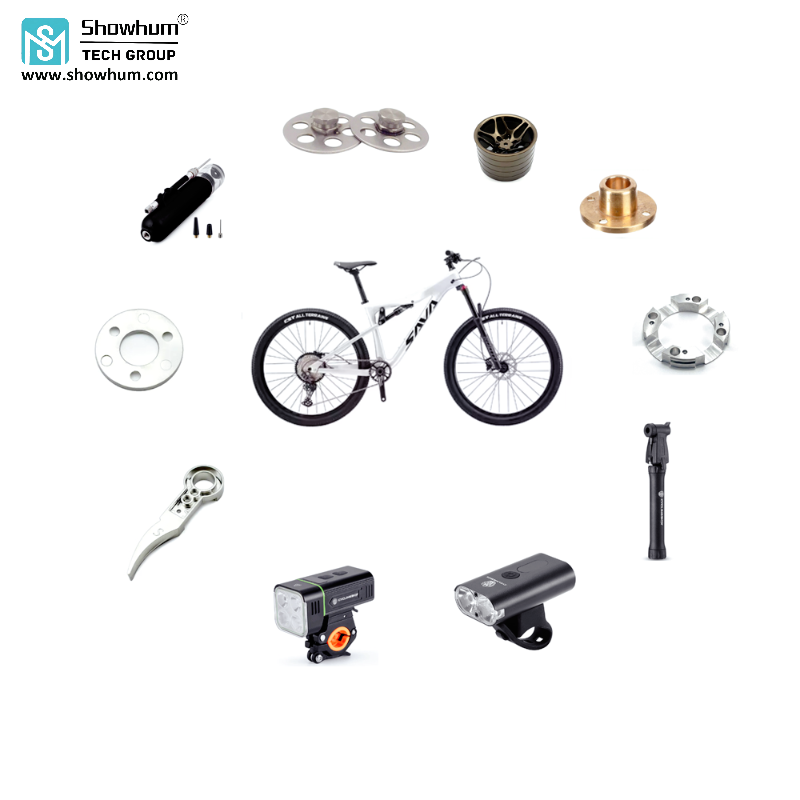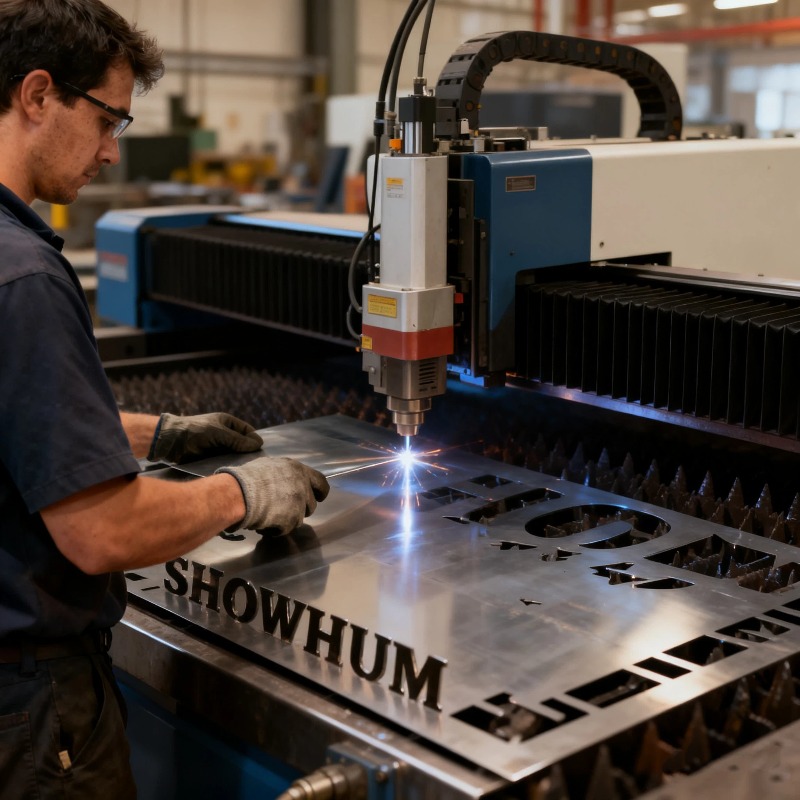
The metal fabrication industry has undergone significant evolution over the years, driven by technological advancements, changing market dynamics, and evolving consumer preferences. As one of the foundational sectors supporting various industries, including construction, automotive, aerospace, and manufacturing, the metal fabrication industry continues to adapt to emerging trends and embrace innovative technologies. Let's explore the key trends shaping the future of metal fabrication:
Digitalization and Industry 4.0: The adoption of digital technologies and automation is revolutionizing the metal fabrication industry, leading to the emergence of Industry 4.0 principles. Smart factories equipped with sensors, IoT (Internet of Things) devices, and advanced analytics tools enable real-time monitoring of production processes, predictive maintenance, and data-driven decision-making. Digitalization streamlines workflows, improves efficiency, and enhances quality control, positioning metal fabrication companies for greater competitiveness in the global market.
Additive Manufacturing (AM): Additive manufacturing, commonly known as 3D printing, is reshaping traditional metal fabrication processes by enabling the production of complex geometries with unprecedented precision and efficiency. AM technologies, such as selective laser melting (SLM) and electron beam melting (EBM), allow for the direct fabrication of metal parts from digital designs, eliminating the need for costly tooling and reducing material waste. As additive manufacturing continues to mature, its adoption in metal fabrication is expected to increase across various industries, including aerospace, healthcare, and automotive.
Sustainable Practices: Sustainability is becoming a key focus area for metal fabrication companies as they seek to minimize their environmental footprint and meet regulatory requirements. Sustainable practices, such as recycling scrap metal, reducing energy consumption, and implementing eco-friendly manufacturing processes, are becoming increasingly prevalent within the industry. Additionally, the use of renewable energy sources, such as solar and wind power, is gaining traction as companies strive to achieve carbon neutrality and promote environmental stewardship.
Advanced Materials and Alloys: The demand for lightweight, high-strength materials is driving innovation in metal fabrication, leading to the development of advanced alloys and composites. These materials offer superior mechanical properties, corrosion resistance, and thermal stability, making them ideal for applications in aerospace, automotive, and defense industries. Titanium, aluminum, and advanced steel alloys are among the materials commonly used in metal fabrication to meet the stringent performance requirements of modern engineering applications.

Customization and On-Demand Manufacturing: Consumer demand for customized products and on-demand manufacturing is reshaping the metal fabrication landscape. Advances in digital design software, coupled with flexible manufacturing processes, enable metal fabrication companies to produce highly customized parts and components tailored to individual customer requirements. From rapid prototyping to small-batch production, on-demand manufacturing offers greater flexibility, shorter lead times, and reduced inventory costs, driving innovation and customer satisfaction.
Skills Development and Workforce Training: As technology continues to evolve, the metal fabrication industry faces the challenge of upskilling its workforce to keep pace with changing demands. Training programs and vocational education initiatives are essential for equipping workers with the knowledge and skills required to operate advanced machinery, interpret digital blueprints, and implement best practices in safety and quality assurance. Investing in skills development ensures a skilled workforce capable of driving innovation and maintaining competitiveness in the global market.

In conclusion, the metal fabrication industry is undergoing a transformational shift driven by digitalization, additive manufacturing, sustainability, advanced materials, customization, and skills development. Embracing these trends and leveraging innovative technologies will be critical for metal fabrication companies to remain competitive, meet evolving customer needs, and seize opportunities for growth in the dynamic global marketplace. As the industry continues to evolve, collaboration, innovation, and adaptability will be key drivers of success in the future of metal fabrication.
 Sheet Metal Fabrication: Precision, Durability, and Versatility for Industrial Applications
Sheet Metal Fabrication: Precision, Durability, and Versatility for Industrial Applications
Sheet Metal Fabrication: Precision, Durability, and Versatility for Industrial Applications